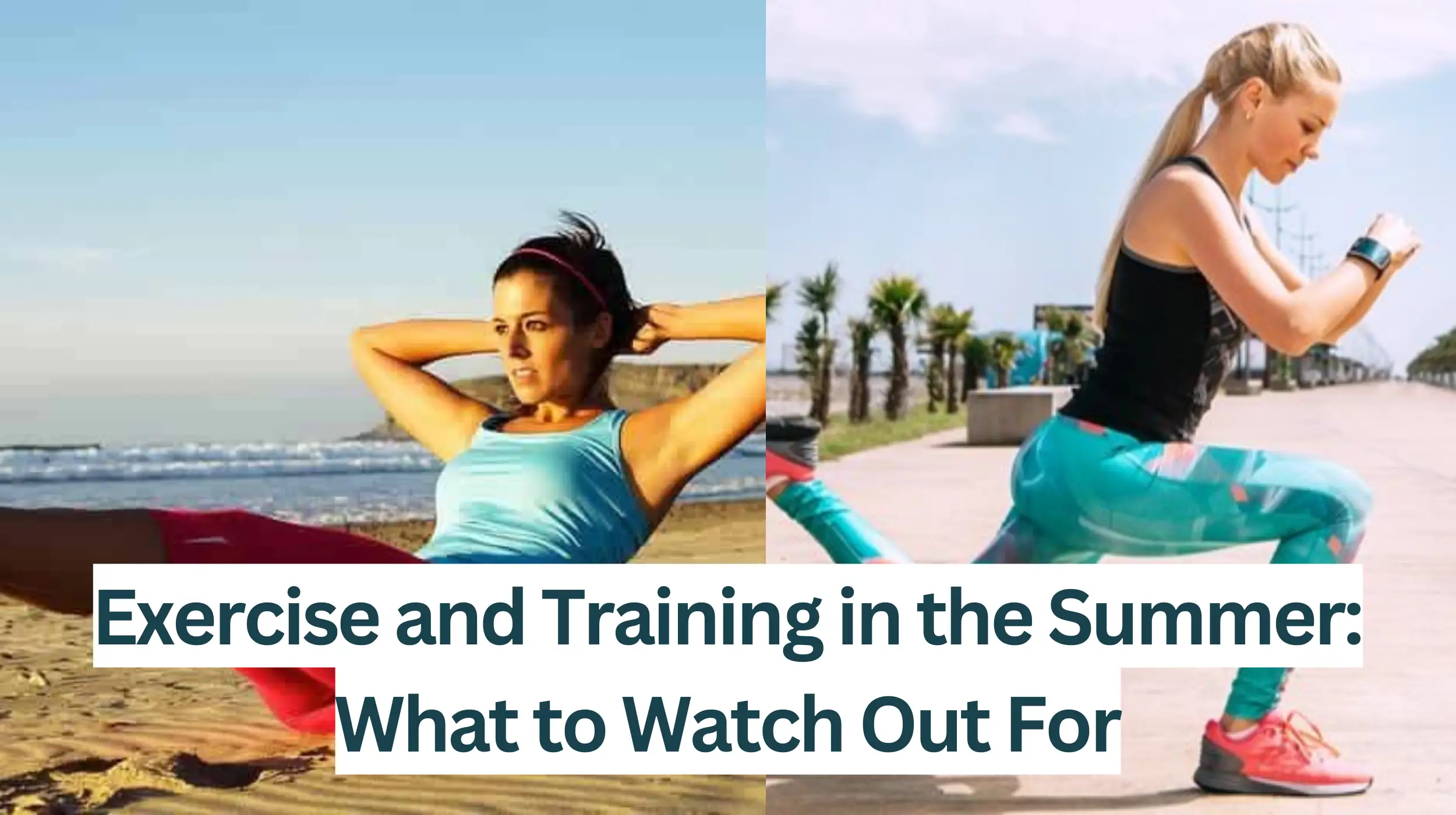We have often heard that many people stop their training in the summer, citing the heat as the reason. They feel lethargic or experience some kind of discomfort and exhaustion. But is this reality or some sort of excuse we make for ourselves? Can we train in high temperatures?
What Can Happen from Exercising in High Temperatures?
Perhaps the most well-known consequence of exercising in high temperatures is dehydration. Our body, in an effort to regulate its temperature and reduce the heat from the external environment, produces sweat, meaning it expels water and essential minerals. Advanced dehydration can lead to serious complications, such as heat exhaustion and heatstroke, confusion, low blood pressure, and fainting. Other milder forms of body disorders include heat cramps (spasms of the skeletal muscles), heat rash (manifested by the appearance of small rashes, like pimples), and sunburn.
How Can We Protect Ourselves and Exercise Safely?
Frequent Hydration
- It’s essential to drink plenty of water during exercise in high temperatures, as well as before and after, to avoid dehydration. Alternatively, we can choose sports drinks to replenish the minerals lost through sweat.
- We should avoid drinks containing caffeine, as this substance can cause us to lose more fluids.
Adapting Our Body
- This process is called acclimatization. That is, we expose ourselves to high temperatures to get used to these conditions. It takes about 14 days for our body to adapt, and this should be done gradually.
- Attention to the Clothes We Choose for Our Workout
- We should choose thin, lightweight clothing, allowing heat to be expelled from our body. Also, it would be good to choose light-colored clothes to reflect heat back into the environment.
- Wearing sunglasses and a hat can be effective in avoiding headaches, but ensure they allow heat to escape.
Choose to Exercise in the Early Morning or Evening
- Very early in the morning or late in the evening, the temperature is usually lower. This way, we can exercise safely.
- Also, it would be good to choose shady places, as this reduces the overall thermal load on a person. The thermal load is the sum of four variables: air temperature, humidity, air speed, and thermal radiation.
Use Sunscreen
- This way, we can avoid skin burns, which can become very serious after prolonged exposure to the sun.
- If Necessary, Reduce the Intensity of Your Workout or Even Stop
- Heat increases the heart rate in an effort to transport more blood to the skin’s surface to expel heat.
- Thus, we may feel shortness of breath, fatigue, and exhaustion more easily.
- We can always find ways and conditions to train safely.
- Remember, when external conditions are a limitation, we can always choose to train indoors where the temperature is controlled.
- Keep training during the summer months.
Stay hydrated!
Take care!
The article was first published in Greek on the Fitness Motivation Hellas platform.
You can follow the author Ms. Zirou in
Facebook: https://www.facebook.com/zirou.training.konstantina
Instagram:https://instagram.com/zirou.training_konstantina?igshid=ZDdkNTZiNTM=
Youtube:https://youtube.com/@zirou-training3941



